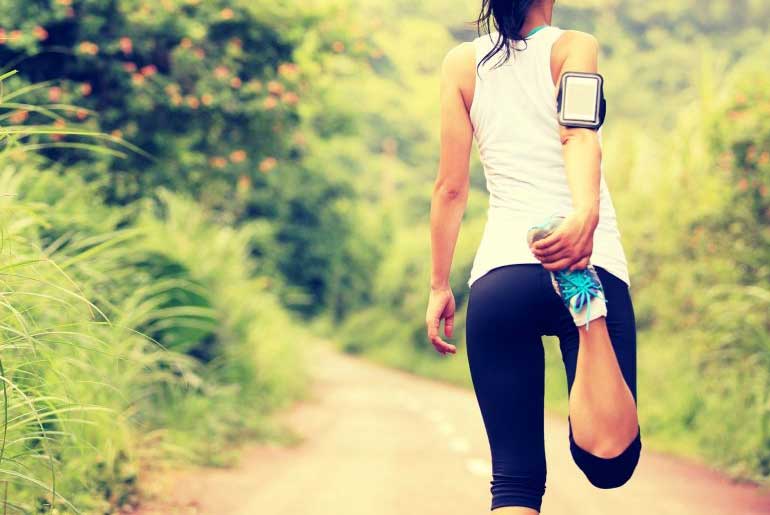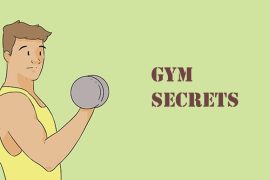A proper cool-down routine following a workout is crucial for preventing injuries and promoting long-term physical well-being. Cooling down allows your body to gradually return to its resting state, reducing the risk of muscle stiffness, soreness, and potential injury. By incorporating stretching exercises and low-intensity movements into your cool-down, you can enhance flexibility, improve circulation, and aid in muscle recovery.
Neglecting to cool down after a workout not only increases the likelihood of physical injuries such as muscle strains or joint pain but also poses potential risks to internal systems, including cardiovascular strain. Therefore, prioritizing a cool-down routine is essential for maximizing the benefits of exercise while minimizing the risk of both immediate and long-term harm.
Benefits of cooling down after a workout:
- Gradually Reduces Heart Rate: Cooling down gradually reduces your heart rate, which helps prevent sudden drops in blood pressure. A sudden drop in heart rate post-workout can lead to feelings of lightheadedness or dizziness. By gradually decreasing heart rate, the body can adjust more smoothly to the transition from exercise to rest.
- Stretches Muscles and Prevents Injury: Cooling down includes stretching exercises that help elongate muscle fibers while they are still warm. This aids in muscle recovery and reduces the risk of injury. After a workout, muscles may be tight or contracted, and stretching during the cool-down phase helps to relax them and maintain flexibility.
- Relaxes the Mind: The cool-down period provides an opportunity for mental relaxation and contemplation. After a challenging workout, taking a few moments to calm the mind and reflect on the self can promote mental well-being and reduce stress levels.
- Promotes Muscle Recovery: Dynamic stretches and light cardiovascular activity during the cool-down phase increase blood flow to the muscles, aiding in muscle recovery. Static stretching further helps to reduce stiffness and enhance flexibility, allowing the muscles to recover more effectively.
- Uplifts Mood: Acknowledging the accomplishment of a good workout while allowing the body to begin its recovery process can uplift mood and enhance overall satisfaction with the exercise session. Feeling good about the workout and taking care of the body’s needs post-exercise can contribute to a positive mindset and motivation for future workouts.
In summary, cooling down after a workout is essential for gradually reducing heart rate, stretching muscles to prevent injury, relaxing the mind, promoting muscle recovery, and uplifting mood. Incorporating a thorough cool-down routine into your exercise regimen can contribute to overall physical and mental well-being.
Exercises for cooling down after a workout:
-
Downward Dog:
- Start on all fours with your wrists beneath your shoulders and knees beneath your hips.
- Lift your hips upward, straightening your arms and legs to form an inverted V shape with your body.
- Hold the position for 30 seconds, focusing on lengthening the spine and pressing your heels toward the floor.
2. Wind Relieving Pose:
- Lie on your back with both knees bent.
- Inhale and hug both knees into your chest, wrapping your arms around them.
- Tuck your chin into your chest and relax your head on the floor.
- Hold the pose for 4-8 breaths, feeling a gentle stretch in your lower back and hips.
- Exhale and release your arms and legs back to the starting position.
3. Child’s Pose:
- Begin on all fours, then sit back on your heels with your knees apart and toes touching.
- Bow forward, lowering your forehead to the floor and extending your arms in front of you.
- Relax your neck and shoulders and focus on deepening your breath as you feel a gentle stretch in your back and hips.
4. Pigeon Pose:
- From Downward Dog, bring your right knee forward between your hands, placing it on the floor near your right hand.
- Slide your left leg back, lowering your left knee to the floor.
- Square your hips toward the front of the mat and keep your weight balanced between both hips.
- Hold the pose for several breaths, feeling a deep stretch in the hips and glutes.
- To release, step back into Downward Dog and repeat on the other side.
Incorporating these exercises into your post-workout routine can help relieve tension, increase flexibility, and promote relaxation in the body and mind. Remember to breathe deeply and listen to your body’s cues as you move through each pose.
Disclaimer:
The information contained in this article is for educational and informational purposes only and is not intended as a health advice. We would ask you to consult a qualified professional or medical expert to gain additional knowledge before you choose to consume any product or perform any exercise.







